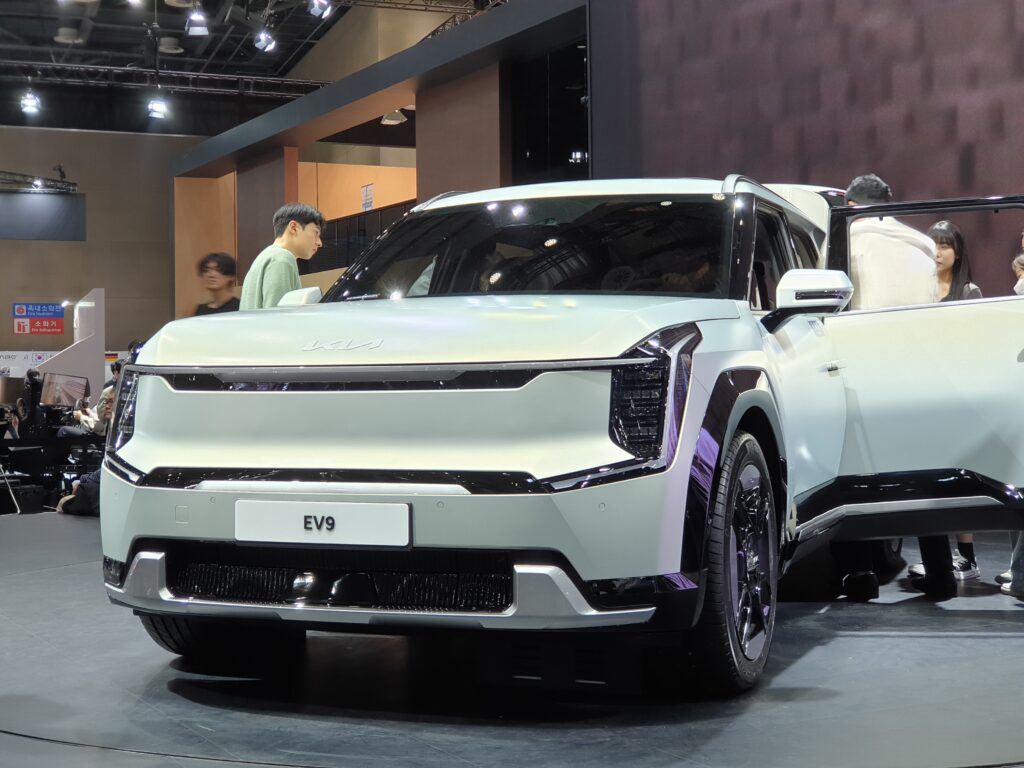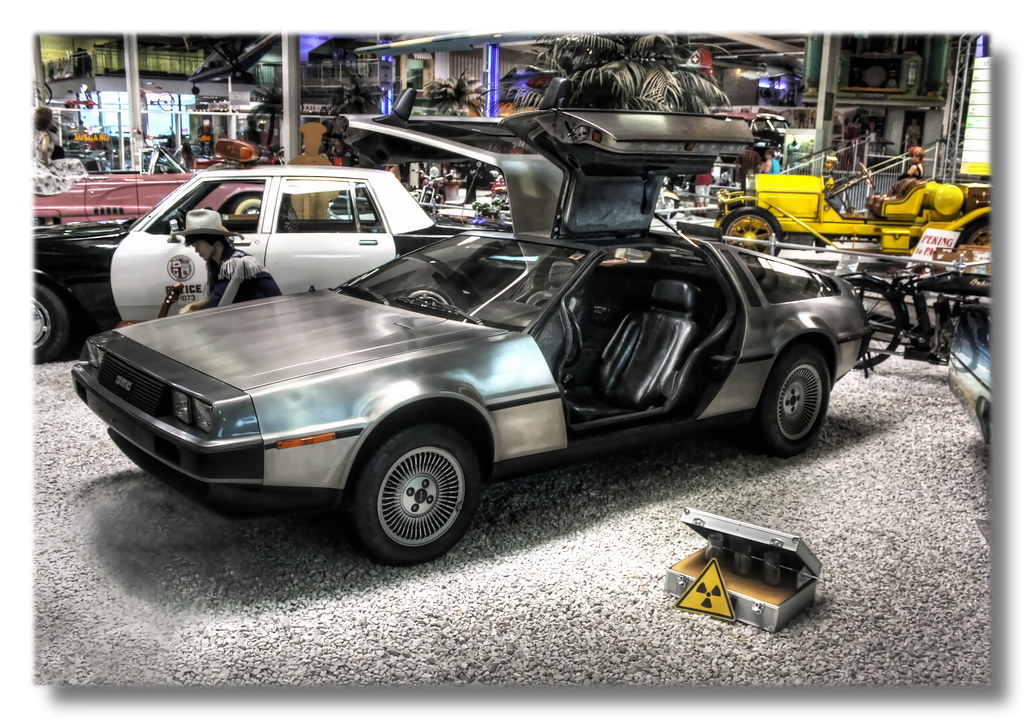Talk about a topic that’s been revving up conversations among car enthusiasts and DIYers alike! The transition to LED lighting, particularly with BMW’s pulse-on turn signals, has been stirring up more than just the airwaves. Yes, they might look slick and modern, but are they really all they’re cracked up to be? Let’s dive into the heart of the matter.
Let’s talk about the appeal of LEDs. They’re bright, they consume less power, and they last longer than traditional bulbs. Sounds pretty good, right? That’s what many BMW owners thought as they embarked on the journey to retrofit their rides with these shiny new bulbs. From front corners and sidemarkers to tail lights and rear turn signals, the lure of LEDs was strong. But as many quickly found out, the road to LED enlightenment was bumpier than expected.
The problem starts with the need for CANBUS bulbs. These are not your ordinary bulbs; they come with built-in resistors to prevent hyperflashing and to sidestep the dreaded bulb out errors. It’s an innovation designed to keep the car’s computer happy, recognizing the bulb as functioning correctly despite the lower power draw of LEDs. But that’s just the tip of the iceberg.
For the best glow, enthusiasts like ourselves have hunted down bulbs that utilize CREE chips – renowned for their brightness. Yet, even with the right bulbs, there are unforeseen consequences. Imagine cruising down the highway, your ride looking sharp with its LED upgrade, only to have your jam session interrupted by static every time you signal a turn. Yes, you heard that right. These LED bulbs, while dazzling in appearance, seem to cause interference with radio reception. A minor nuisance for some, but a deal-breaker for others, especially when the brakes add their own chorus to the static symphony.
And then there’s the coding. Even after successfully navigating the bulb replacement process, your car treats you to a light show of flickering LEDs every time you start the engine or at random while driving. The culprit? The car’s system performing bulb checks. But fear not, for there is a workaround. By disabling both the cold and warm checks, you can achieve uninterrupted illumination. However, this comes with its own set of trade-offs, like potentially not knowing when a bulb has actually gone out. It seems that in trying to modernize our cars with LEDs, we’ve traded one set of issues for another.

This brings us to the pulse-on turn signals – the pièce de résistance of our LED saga. They may look cool, but their practicality is debatable. Some enthusiasts have found that the bulbs they ordered were too long, making them look awkward in the housing. Others have struggled with bulbs that were too bright, causing a blinding effect rather than enhancing visibility. And let’s not forget about those who’ve had to revert to incandescent bulbs for certain lights because the LEDs just wouldn’t dim as they should.
What’s the verdict? Are BMW’s pulse-on turn signals hot garbage? As with many things in the automotive world, it depends on whom you ask. For some, the aesthetic and efficiency gains are worth the headaches of installation, interference, and coding. For others, the cons outweigh the pros, leading them to stick with or revert to traditional lighting.
It seems that LED lighting, especially for turn signals, is not a one-size-fits-all solution. It’s a journey fraught with challenges, compromises, and a fair share of technical tinkering. For those willing to navigate these waters, the rewards can be bright. But for many, the quest for the perfect turn signal continues, a reminder that sometimes, newer isn’t always better. As we look ahead, perhaps the ideal solution lies somewhere between the glow of tradition and the promise of innovation. Only time, and perhaps a bit more technological refinement, will tell.




